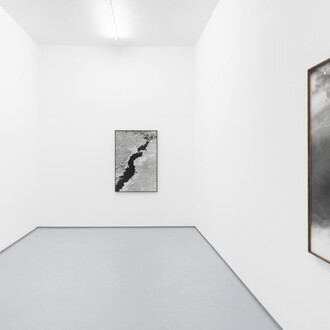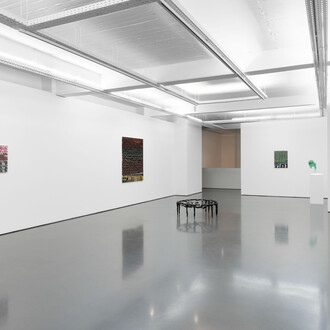Lu Nan is more than a photographer; he is also an exceptional artist.
The human dimension of his creations, his humanist culture, the aesthetic concepts that guided the preparation of each of his photographs, and the sensitivity and respect with which he captured the tremendous reality portrayed in his work prove this conclusively.
Lu Nan’s work is the modern projection (now dated too) of the classical trilogy symbolically represented in the Divine Comedy by Dante Alighieri. Each of its parts is also an exemplary projection of what might be, on earth, hell, purgatory and heaven.
The only difference is that the photographs that make up the three parts of Lu Nan’s Trilogy – one portraying life in mental hospitals (taken between 1989 and 1990), another following Catholic communities in the most isolated areas of rural China (1992 to 1996) and the third observing daily life in Tibet (1996 to 2004) – are not merely part of some fantasy, nor do they contain the allegories of that immortal poem by the famous Florentine poet.
The work carried out by Lu Nan over 15 years – and which is shown in part in this exhibition – depicts a realism that is at times painful, disturbing, that brands itself on our eyes and clings on to our memories for a long time. It might be a China from another age, but it is a life that may well be reality in many other countries and places throughout the world.
This exhibition is a tribute to the work of Lu Nan and a sign of great respect for the man who, with refinement and coherence, knew how to prepare, carry out and complete a project on such an immense, almost epic scale – not something that can be achieved by just anyone.
















